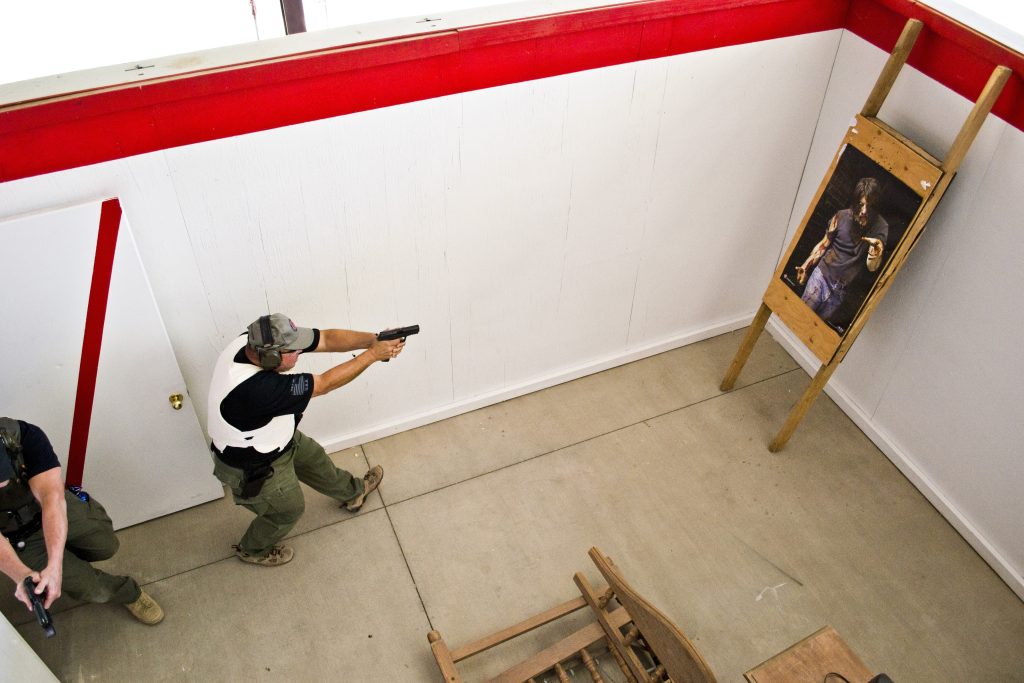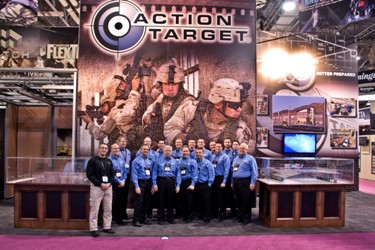Shoot Houses and Shoot House Training

By Bob Schneider I was first introduced to live fire shoot house training in 1986 at the world famous Gunsite Academy in northern Arizona. I had already been a Denver, Colorado, police officer for more than 10 years and was then a member of its full-time special weapons and tactics team (SWAT). Prior to transferring […]
These Girls Wanted a Fighting Chance

A good friend, Deputy Gloria Anderson of the Cook County Sheriff’s Police Department, who is aware of my background in firearms training, expressed on several occasions about several of her female co-workers who were experiencing difficulties in passing their departmental service weapon range qualification. During one of these conversations, when the topic arose, I began to pry into some of the problems the female co-workers were experiencing with their weapons and departmental qualifications. I later determined that it appears the problem of the ladies in mention, may be a fear of their weapon due to lack of familiarization.
Removing Roadblocks with the Action Target Academy

In 650 B.C., Archilochus said, “We don’t rise to the level of our expectations; we fall to the level of our training.” Although this saying is thousands of years old, it still holds true today and it, in a way, governs Action Target in its training development. Action Target developed the Action Target Academy (ATA) to provide world-class firearms and range development training to agencies and individuals throughout the country who have not had the opportunity to train with Action Target Portable Targets.
Action Target Gears Up for Shot Show 2011

ATTENTION LAW ENFORCEMENT: Shot Show 2012 is in a month and Action Target still has meeting times available! The show is going to be held at the Sands Expo Center in Las Vegas, NV and runs from January 17-20, 2012. If you, a member of your department, or other law enforcement professional you know will […]